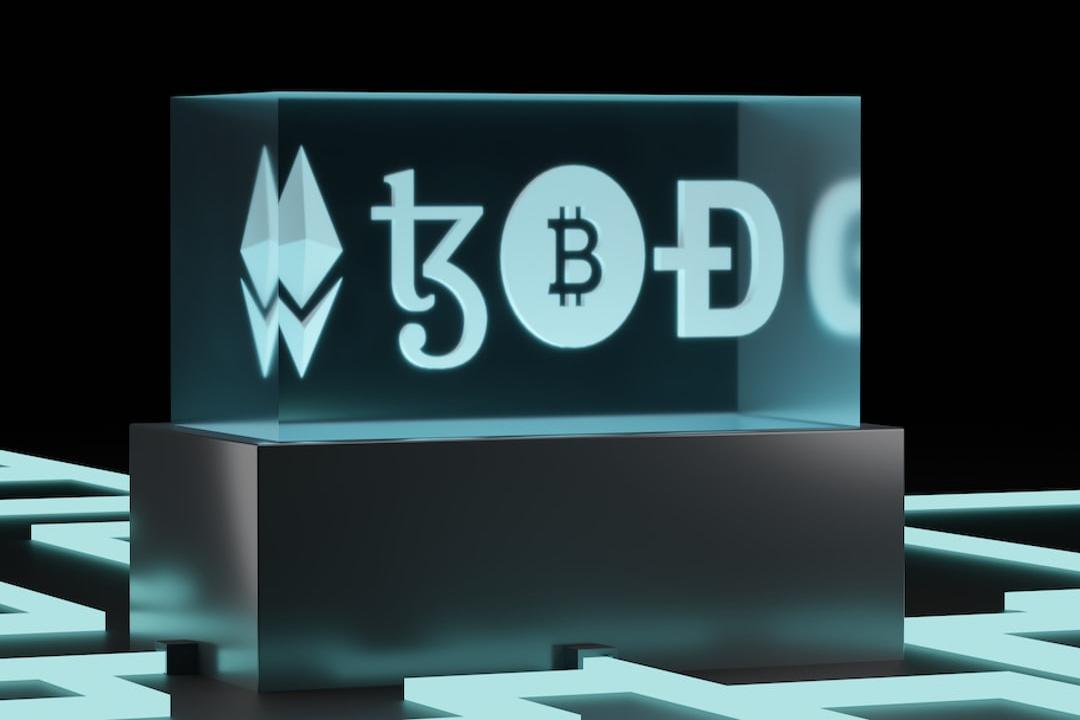Table of Contents
Toggle
Ethereum Co-founder Vitalik Responds to Criticism
MEV: Balancing Centralization Risks
Liquidity Staking and Node Operations
Hardware Requirements for Nodes
Calling on the Community to Address Issues and Embrace Open Debate
Ethereum co-founder Vitalik Buterin has responded to recent criticism regarding centralization in the blockchain in a detailed article. He delves into three main issues: Miner Extractable Value (MEV), liquidity staking, and the hardware costs of running individual nodes.
In the article published on May 17th, Vitalik first discusses the issue of MEV, which refers to how node operators can profit by reordering transactions within a block. Vitalik outlines two main approaches to handling MEV: “minimization” and “quarantining.”
Minimization: This approach aims to reduce MEV through smart protocol designs, such as CowSwap.
Quarantining: This technique attempts to completely eliminate MEV through methods within the protocol.
While quarantining MEV seems promising, Vitalik warns of the centralization risks it may bring. He points out, “If builders can completely exclude transactions from blocks, attacks become easy.” However, Vitalik supports the development of MEV isolation through concepts like transaction inclusion lists, which limit builders’ ability to exclude transactions. He concludes, “The idea of pushing the isolation box as small as possible is very interesting, and I support this direction.”
Vitalik also highlights the issue of low numbers of individual Ethereum stakers, as many choose to stake through service providers like Coinbase or decentralized platforms like Lido or RocketPool. This choice is driven by the complexity of running individual Ethereum nodes, hardware requirements, and the minimum requirement of 32 ETH.
Vitalik acknowledges efforts to lower these barriers but emphasizes that more needs to be done. Potential solutions include reducing the withdrawal time for staked ETH or lowering the minimum requirement of 32 ETH. He warns that incorrect solutions could lead Ethereum towards centralization, similar to traditional financial systems. On the other hand, the right solutions can promote a diverse ecosystem of individual stakers and decentralized staking pools.
When discussing the high hardware requirements for running nodes, Vitalik points out that this issue is more challenging. However, with advancements in technologies like Verkle Trees and the upcoming EIP-4444, he foresees significant reductions in hardware requirements, potentially dropping to less than 100GB or close to zero for non-staking nodes.
In the final part of his blog post, Vitalik calls on the Ethereum community to address these important issues. He emphasizes, “We should deeply respect the things that make Ethereum unique and strive to maintain and improve them as Ethereum expands.”
Vitalik also expressed his support for rational debates among community members on Twitter. He wrote:
“I’m proud that Ethereum has an open culture that allows people to freely express their views, even if those views are very negative about things central to the protocol or ecosystem. Some people wave the flag of ‘open discussion’ as an ideal, and some take it seriously.”
MEV
Vitalik
Liquidity Staking

